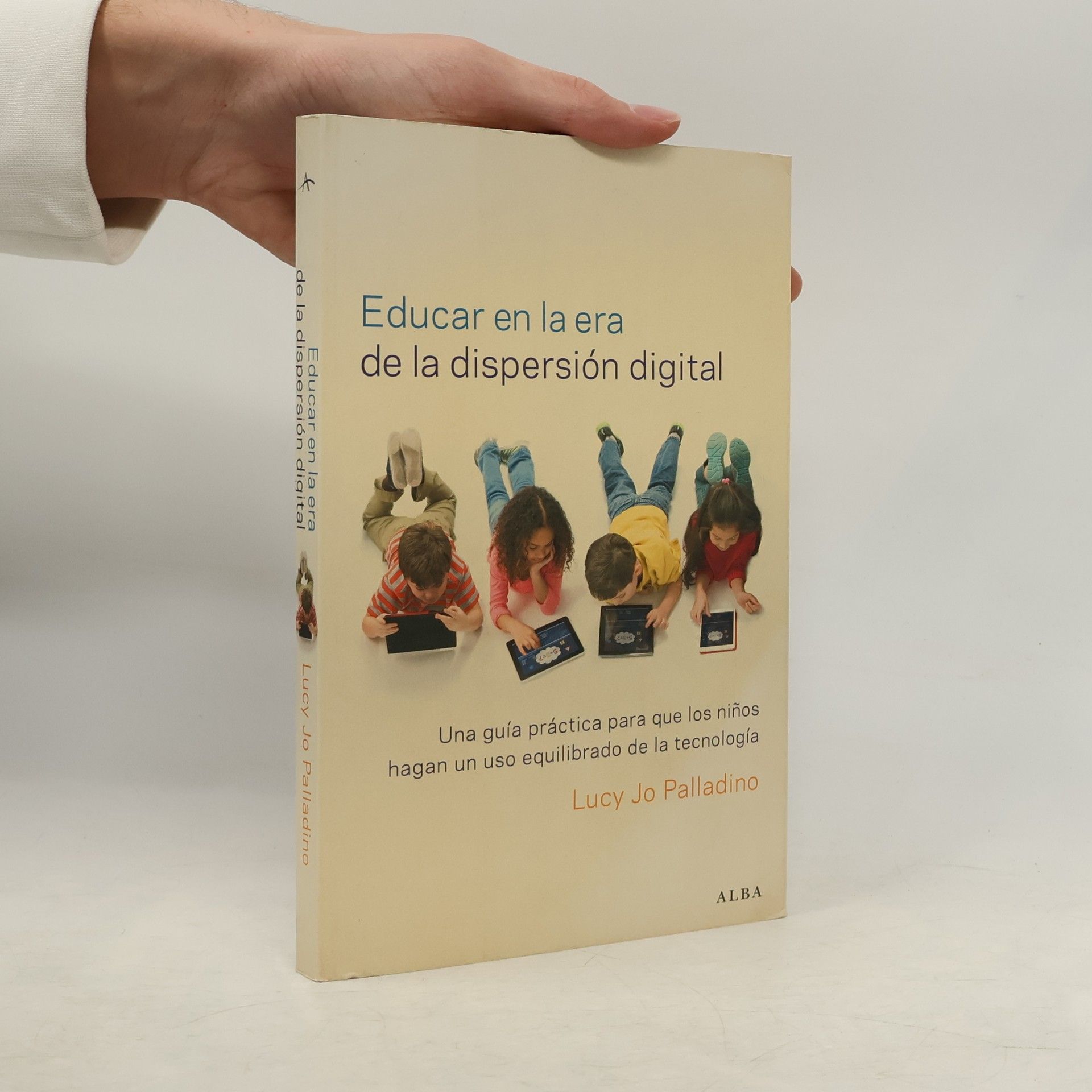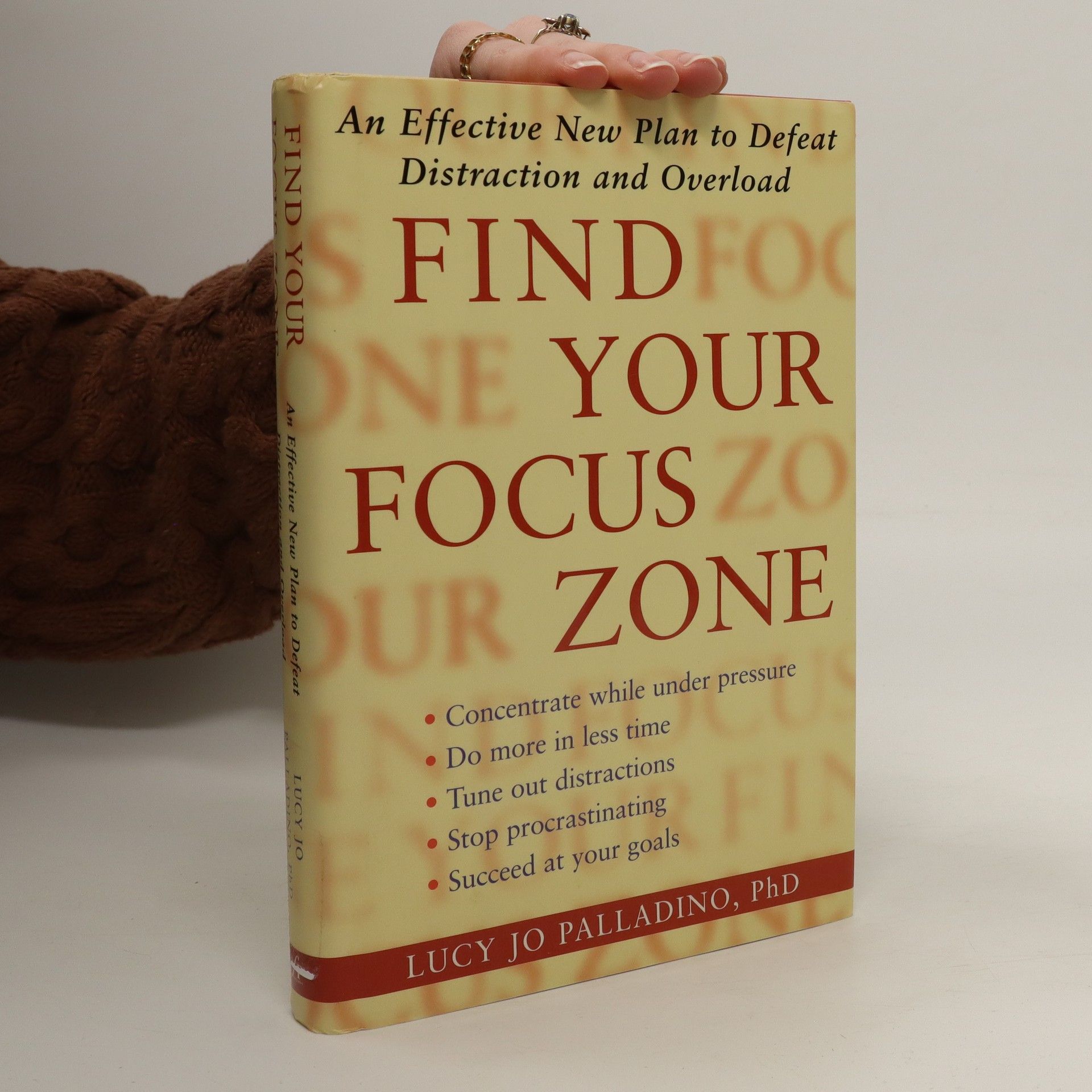Educar en la era de la dispersión digital
Una guía práctica para que los niños hagan un uso equilibrado de la tecnología
- 272 stránok
- 10 hodin čítania
Autorka sa venuje psychológii a neurovedám, pričom tieto témy pretavuje do svojich diel, ktoré sa často zameriavajú na orientáciu v modernom svete plnom rozptýlenia. Jej prístup vychádza z rozsiahlych skúseností psychologičky a pedagogičky, kde spája vedecké poznatky s praktickými postrehmi. Píše s cieľom pomôcť čitateľom pochopiť vlastné kognitívne procesy a nájsť stratégie pre lepšie sústredenie a duševnú pohodu. Jej práca ponúka cenné usmernenie pre tých, ktorí túžia po hlbšom porozumení sebe samým a svojmu okoliu.




Una guía práctica para que los niños hagan un uso equilibrado de la tecnología
Are your kids unable to step away from the screens? Here is a practical, step-by-step guide that gives parents the tools to teach children, from toddlers to teens, how to gain control of their technology use.As children spend more of their time on tablets and smartphones, using apps specially engineered to capture their attention, parents are concerned about the effects of so much technology use--and feel powerless to intervene. They want their kids to be competent and competitive in their use of technology, but they also want to prevent the attention problems that can develop from overuse. Lucy Jo Palladino shows that the key is to help kids build awareness and control over their own attention, and in this guide she gives parents the tools to do exactly that, in seven straightforward, evidence-based steps. Parents will learn the best practices to guide children to understand and control their attention—and to recognize and resist when their attention is being "snatched." This approach can be modified for kids of all ages. Parents will also learn the critical difference between voluntary and involuntary attention, new findings about brain development, and what puts children at risk for attention disorders.
Counsels readers on how to hone attention skills in the face of information overload, outlining specific strategies for prioritizing and achieving a focused state of mind.
Does your imaginative, computer-proficient daughter tune out in the classroom? Does your spirited son become headstrong and aggressive when faced with the simplest decisions? Does your bold, energetic child have trouble focusing on basic tasks? Millions of children--one in five--have what psychologist Lucy Jo Palladino, Ph.D., calls the Edison trait: dazzling intelligence, an active imagination, a free-spirited approach to life, and the ability to drive everyone around them crazy. Named after Thomas Edison--who flunked out of school only to harness his talents and give the world some of its finest inventions--the Edison trait is on the rise in our younger generation. The heart of the issue is that they think divergently--they overflow with many ideas--while schools, organized activities, and routines of daily living reward convergent thinking, which focuses on one idea at a time. Drawing on examples from more than two decades of private practice, Dr. Palladino helps us cope with this challenging aspect of our child's intellect and personality, explaining in clear terms: - The three Edison-trait personality types: dreamers, discoverers, and dynamos - The eight steps to understanding, reaching, and teaching your Edison-trait child - The connection between the Edison trait and A.D.D.